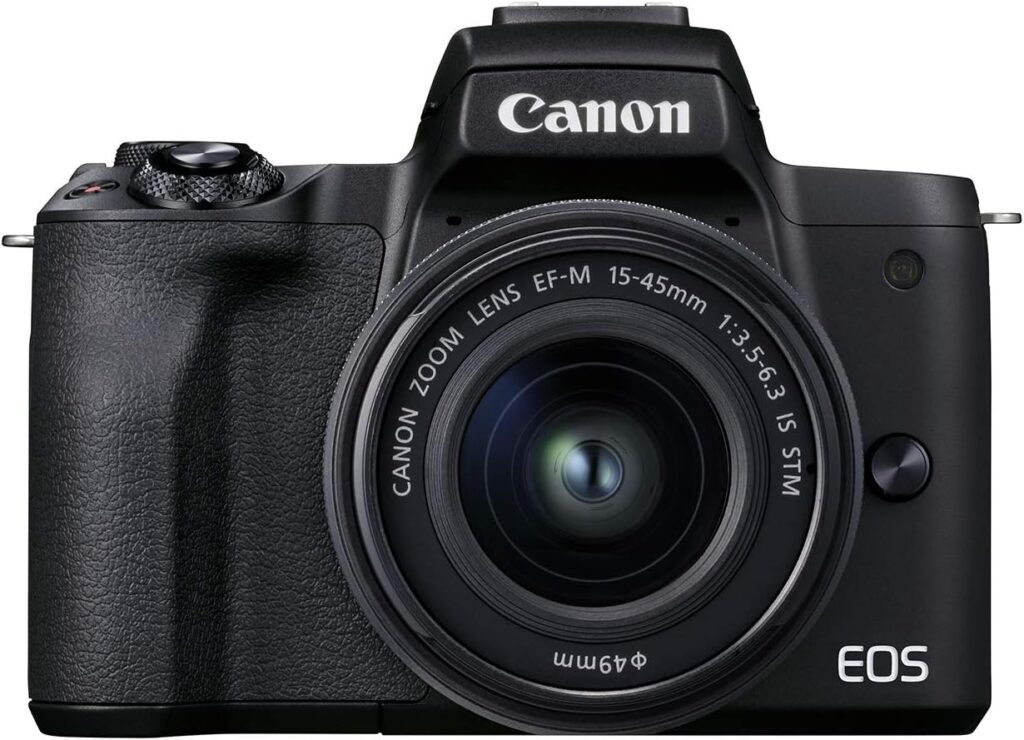Have you ever been captivated by a story so powerful that you couldn’t stop thinking about it long after you heard it? Maybe it was a speaker who shared their journey of overcoming challenges, or a brand whose story resonated deeply with your values. We all crave stories—it’s how humans are wired. Stories have the unique ability to connect us, engage us, and leave a lasting impression.
When it comes to personal branding, storytelling isn’t just a strategy; it’s the secret sauce that can transform your brand from ordinary to unforgettable. In a noisy, saturated world, people don’t just want to hear about what you do; they want to know why you do it and how it’s made a difference in your life and others’. Creating a compelling narrative isn’t just a marketing tactic—it’s an opportunity to forge deeper connections, build trust, and stand out in a crowded marketplace.
In this article, we’ll show you why storytelling is so crucial to personal branding and how to craft a narrative that reflects who you are, resonates with your audience, and leaves an emotional imprint. Let’s dive into the art of storytelling that will elevate your brand.
Why Storytelling Matters in Personal Branding
Humans are hardwired to connect with stories. From the earliest days of civilization, storytelling has been a tool for sharing knowledge, building relationships, and understanding the world. As a personal brand, you have the power to craft a narrative that resonates deeply with your audience, making you more relatable, memorable, and trustworthy.
Personal branding is not just about promoting what you do—it’s about weaving a narrative that showcases who you are, your values, and why you’re passionate about what you offer. By creating a compelling story, you give your audience a reason to connect with you beyond just your product or service.
Identifying Your Core Story
To craft an authentic and powerful narrative, start by identifying the key moments and experiences that have shaped who you are today. These are the building blocks of your personal brand story. Consider the following questions:
- What challenges have you overcome? These moments can be transformative and show resilience, an essential quality that your audience can relate to.
- Why did you start your journey? Whether it was a passion, an opportunity, or a calling, understanding your “why” can give your brand depth and purpose.
- What are your core values? These will be the foundation of your story and can help your audience align with you on a deeper level.
Once you have clarity on these points, you can begin to weave your personal story into every aspect of your brand. From your website and social media profiles to your content and product offerings, your narrative should be consistent and true to who you are.
Crafting a Compelling Narrative
A great personal brand story is not just a list of achievements or a chronicle of your professional journey. It’s about creating an emotional connection with your audience. Here’s how you can structure your narrative to captivate and engage:
- Start with a Hook
Capture attention early by starting with something unexpected or intriguing. This could be a moment of vulnerability, a surprising fact, or a statement that challenges the status quo. The goal is to make your audience want to know more. - Describe the Struggle
Every compelling story has a conflict or challenge. Share the difficulties you faced along the way—whether personal, professional, or both. This makes your journey relatable and humanizes you, allowing others to see that you too have faced adversity and overcome it. - Showcase Your Transformation
How did you change? What lessons did you learn from your struggles? This is where you demonstrate growth, resilience, and the value you bring to the table. It’s also where you position yourself as an expert in your niche or industry, showing how your journey makes you uniquely qualified to help others. - End with a Call to Action
Every great story ends with a message or takeaway. This is your call to action, guiding your audience to take the next step—whether it’s purchasing your product, signing up for a newsletter, or simply engaging with your content.
Using Storytelling Across Your Personal Brand
Once you’ve crafted your story, it’s time to incorporate it into every aspect of your personal brand. Here’s how you can use storytelling across various channels:
- Social Media: Share personal anecdotes and behind-the-scenes glimpses into your journey. Stories don’t always have to be long-form; short, relatable updates can make a huge impact.
- Content Marketing: Your blog posts, videos, and other content should reflect your personal journey and the lessons you’ve learned. Think of your content as chapters in a larger narrative that unfolds over time.
- Your Website: Your “About” page is an excellent place to tell your personal brand story. Make sure it reflects the narrative you’ve crafted, showing who you are, why you do what you do, and how you’ve evolved.
- Public Speaking & Networking: When presenting yourself in person or virtually, infuse your story into your talks and interactions. People remember stories more than they remember facts and figures.
The Emotional Connection of Storytelling
One of the most powerful aspects of storytelling in personal branding is the emotional connection it creates. Your audience will feel invested in your journey, rooting for your success. This emotional bond can drive loyalty, increase engagement, and inspire action. People are more likely to follow you, buy from you, and refer others to you when they feel connected to your story.
Moreover, storytelling allows you to stand out in a crowded marketplace. In a world where everyone is vying for attention, an authentic and compelling story makes you memorable and distinguishes you from competitors who may offer similar products or services.
Final Thoughts
Crafting a compelling narrative is an ongoing process. As you grow, your story will evolve, and your audience will continue to be part of that journey. The key is to remain authentic, consistent, and transparent with your story. By doing so, you will build a personal brand that not only resonates with people but leaves a lasting impression.
Recommended Camera for New Creators

For those just starting out, the Canon EOS M50 Mark II is an excellent choice. It’s compact, easy to use, and packed with features ideal for content creators. With its flip-out screen, fast autofocus, and 4K video capabilities, it allows you to capture high-quality footage whether you’re filming vlogs or creating instructional videos. Plus, its versatility makes it perfect for both beginners and seasoned creators looking for a reliable camera to grow their personal brand.
Take Action Now
Ready to take your personal brand to the next level? Start by identifying the core elements of your story and begin weaving them into your branding. Whether you’re sharing a struggle, showcasing your achievements, or emphasizing the values that drive you, remember: your story is your unique asset—use it to connect and build lasting relationships with your audience.
Frequently Asked Questions
What makes storytelling effective for personal branding?
Storytelling humanizes your brand and creates emotional connections with your audience. It helps people relate to you and your journey, making your brand more memorable and engaging.
How can I make my personal brand story authentic?
Be honest and transparent about your experiences, challenges, and achievements. Authenticity is key to creating a genuine connection with your audience. Avoid exaggeration or trying to fit a perfect narrative—real stories are often more compelling.
Should I include personal struggles in my story?
Yes! Personal struggles can make your story more relatable and inspire others. Just ensure you focus on how you overcame challenges and what you learned from them, rather than dwelling on the negative aspects.
How do I use storytelling in my content strategy?
Integrate your personal brand story into your blog posts, social media updates, videos, and any content you produce. Share snippets of your journey, lessons learned, and moments of growth to keep your audience engaged.
Can I evolve my personal brand story over time?
Absolutely. As you grow professionally and personally, your story will evolve. Keep updating your narrative to reflect new experiences and insights, showing your audience that you continue to grow and learn.






